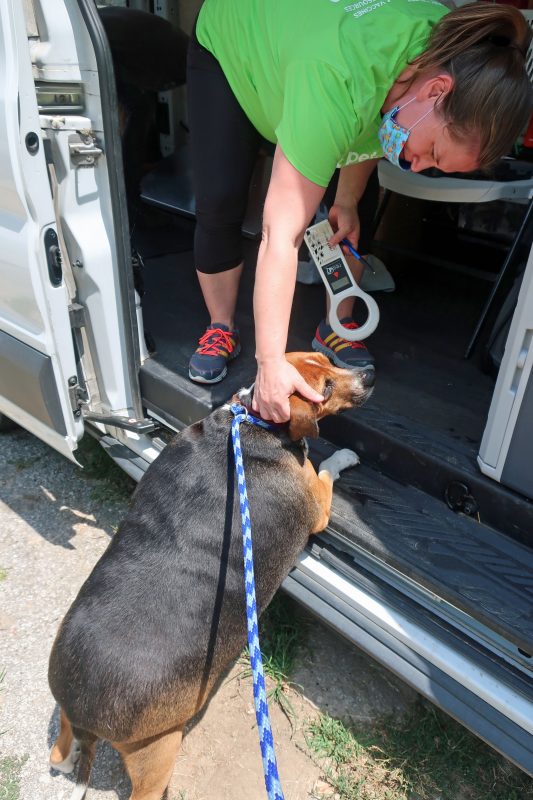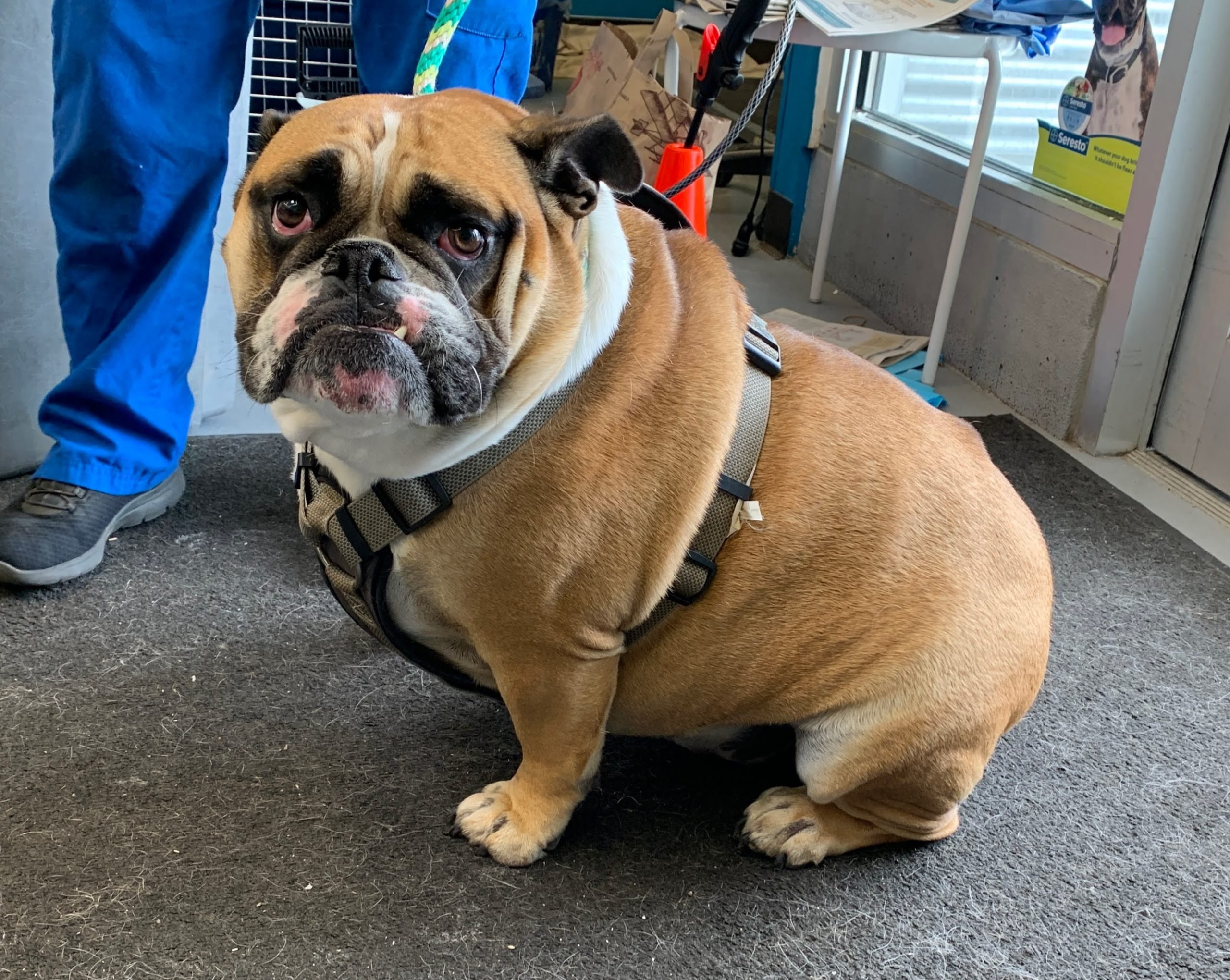Just one more treat.
That’s what you’re thinking, isn’t it, when you’re sitting there with your pets? Just give ‘em one more treat. What harm could it do?
But wait! Before you toss that treat, think about the ramifications. Fully 1/3 of pets are considered overweight, and if you factor in those who cross over into the obese category, we’re looking at over half of all pets.
It’s an epidemic.
THE EFFECTS
And just like in humans, the extra weight increases the risk of a number of diseases, many of which are otherwise preventable. If you’re looking to keep your pets healthy and living their best life, it might be best to put those treats away.
Not only are we talking about bone and joint issues from the extra weight, but also:
- diabetes
- high blood pressure
- chronic kidney disease
- liver disease
- heart failure
- asthma
As they say on the commercials, “and many more!” As this pet obesity fact sheet says, “Ultimately, obese pets tend to live shorter lives with more medical problems.” Isn’t that reason enough to do right by your pet? The longer they live, the more time you get together, and isn’t that what it’s all about?

HOW DO I KNOW?
Sometimes you can tell just by looking. For example, if you head down to the pet body condition check on this page you might recognize a member of your furry family distinctly in one of the bigger categories. If you’re not sure, but you think so, it might be time for a trip to the vet.
One of the benefits of having a regular full-service veterinarian is that they establish baselines for all kinds of things, including weight. That means they can tell you exactly how much weight they’ve gained, and whether or not they need to lose a little bit.
But another benefit is simply having someone else take a look at your pet. You see them every day, after all, so if they’ve just gotten a little bit chunky you may not notice. It’s easy to do. Heck, some of us might even not notice right away when we gain weight ourselves (looking right at me).
But more than that, they can guide you in terms of nutrition to help you figure out what the best diet is for your pet, and how to make that work.
EATING LESS
The most common thing for folks to try is feeding their pets a little less. That may mean adjusting food to a different type that’s less calorically dense and therefore won’t pack on the pounds as much, or it may mean simply reserving treats for extra special occasions.
Ever feed your pet human food? Something you may not be thinking about is how much little human food treats can add up. Again, this Banfield page takes the prize, as it allows you to see what percentage of their recommended daily caloric intake different human treats would make up. What looks like just a regular piece of cheese could be as much as a third of the calories a small dog should be taking in each day. That’ll add up quick.
However you try to do it, consistency is key. We know it’s tempting to keep feeding those treats, but they really do add up. Consider treats as more of a reward for certain behaviors.

EXERCISING MORE
The second option a lot of folks go for is more exercise. For dogs, of course, this means nice long walks, but also chasing the ball, playing tug-of-war, or any of the myriad activities that folks use to get their dogs some exercise. Going to dog parks is a good way for your dog to get some exercise and some social time with other dogs as well.
For cats, it’s all about playtime. Giving them toys to play with, chasing the laser pointer, giving them places where they can climb and jump; it’s all important, and it all helps exercise not only their bodies, but their minds as well.
AGE CONSIDERATIONS
One thing to think about: puppies need food packed with calories to help with their rapidly growing bodies. Adults, less so. Elderly dogs, even less. Just like humans, the needs of your pets will change with age. This is another situation where having a regular full-service veterinarian is a huge plus. They can help you navigate those life changes so that, as your pet ages, their nutrition matches their life stage.
But in addition to that, your pets may get less active as they get older, or may develop issues on their own like arthritis or joint issues that prevent them from exercising as much as they used to. And since pets are great at hiding pain, this is yet another place for a full-service veterinarian to help out (noticing a pattern?).
The most important thing to remember is your pet’s comfort and happiness. Keeping them trim, or at the very least easing up on the less healthy behaviors and keeping them active, goes a long way toward making sure you and your pet can spend a long, happy life together.


